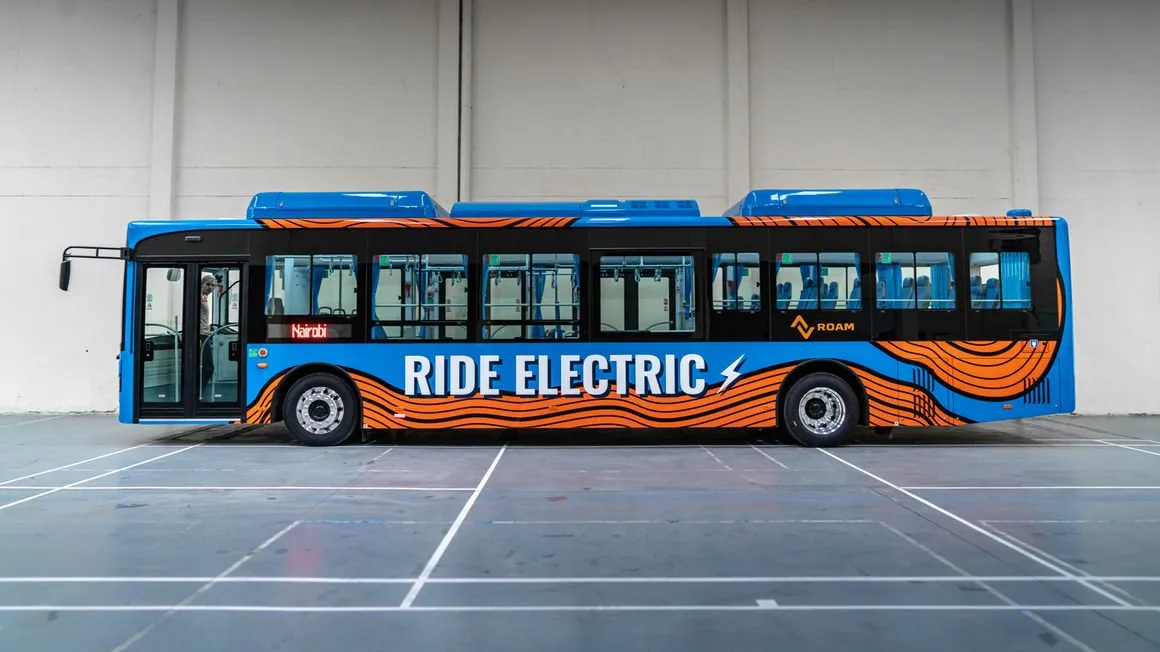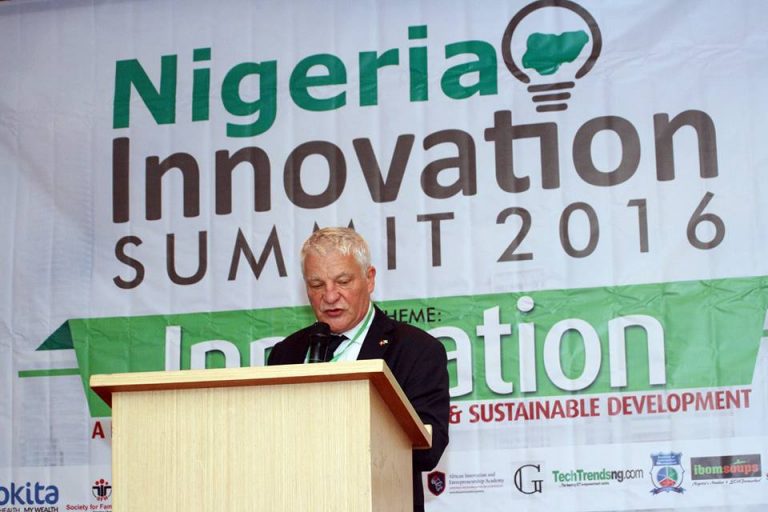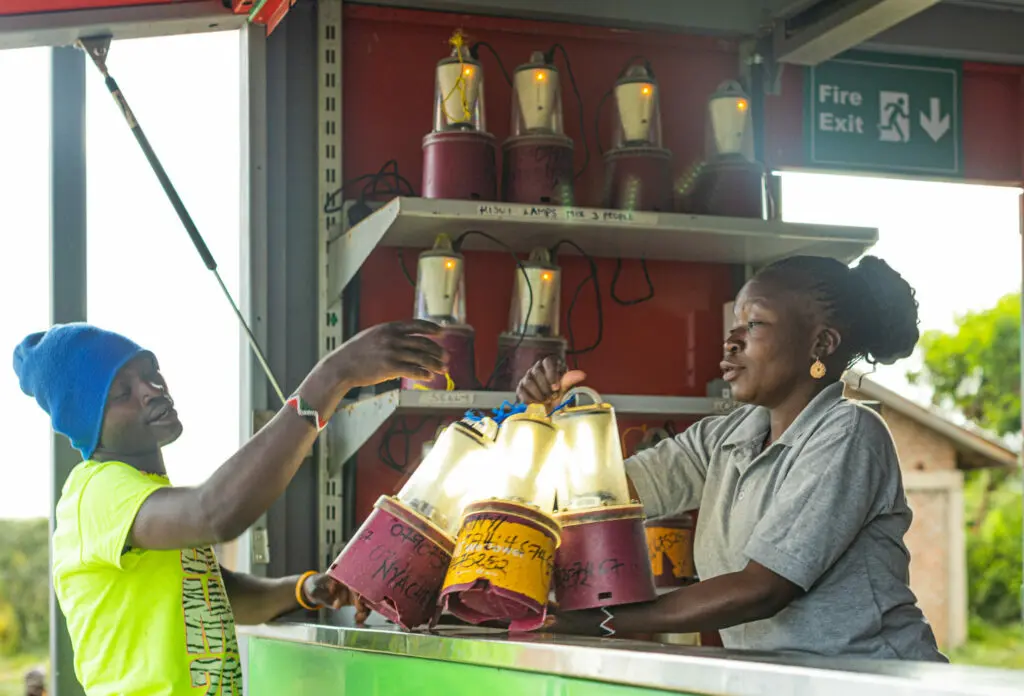Roam, Kenyan Electric Vehicle Manufacturing Firm Unveils Electric Buses for Public Transport

An electric bus made by the Kenyan business Roam is aimed at the public transportation system.
90 passengers can board the electric bus, known as Rome Rapid, which provides space for both standing and sitting passengers.
The company claims that it wanted to provide a transportation solution that is inclusive, contemporary, effective, and sustainable. According to Dennis Wakaba, project coordinator for Roam, “the goal for the bus has been to design a sturdy vehicle with best in class carrying capacity, range, and comfort to enable mass adoption of clean transport across the continent.”
The bus has a 384 kWh battery pack that provides a 360 km range and can be fully charged in less than 2 hours using DC charging ports, providing operators complete control over how often they want to charge and use the bus.
According to the Changing Transport Organisation report, Sub-Saharan Africa had a 75% increase in emissions between 2000 and 2016, with transport emissions rising by 153% in Ghana, 73% in Kenya, and 16% in Nigeria.
Electric mobility is currently gaining traction across the public and private sectors of the continent as a result of health and environmental concerns, the desire to minimize reliance on oil imports, and other factors.
The establishment of electric vehicle charging hubs is now being planned by energy provider Kenya Power and electricity business KenGen.
According to KenGen, it has already established one station in Nairobi and is already bringing in vehicles to test the hubs. On the other side, Kenya Power stated on Tuesday that starting the following month, it would begin testing its stations in Nairobi and Nakuru.
Roam joins a Kenyan startup for electric vehicles. As demand for ecologically friendly transportation increases, BasiGo has introduced an Sh5 million passenger electric bus.
Car and General (C&G) said in January that it would begin offering electric cars and tuk-tuks for sale as part of a strategy to diversify into the “green” mobility market, which is anticipated to expand in response to efforts to combat pollution and climate change.






